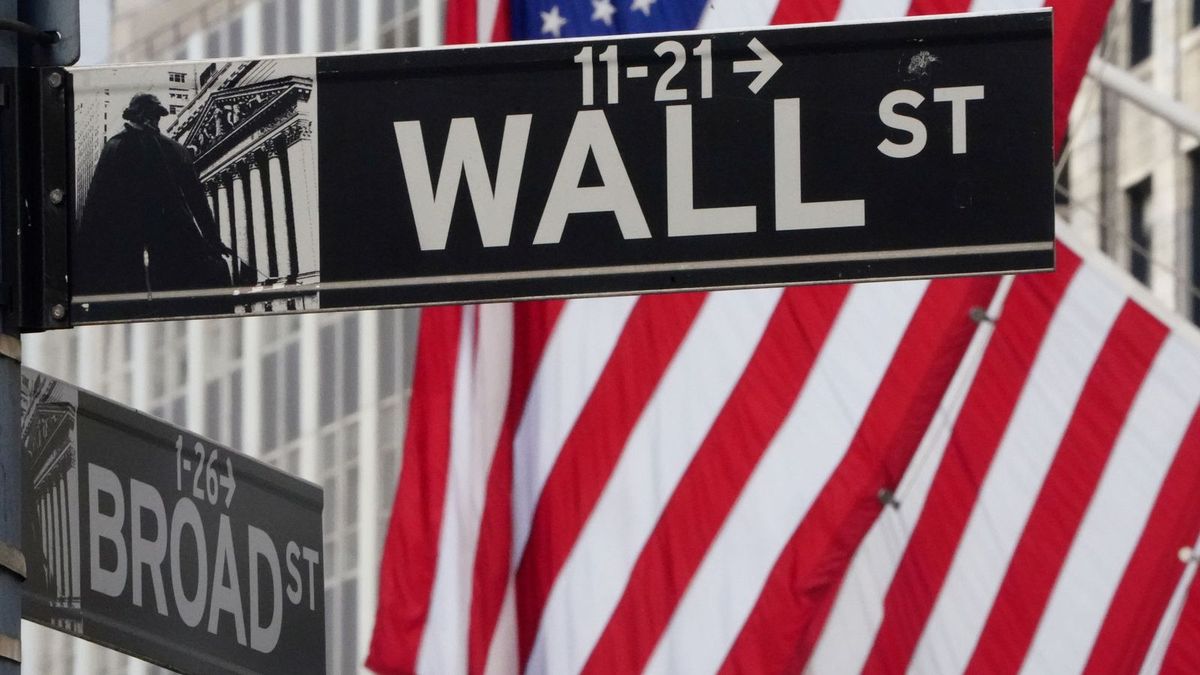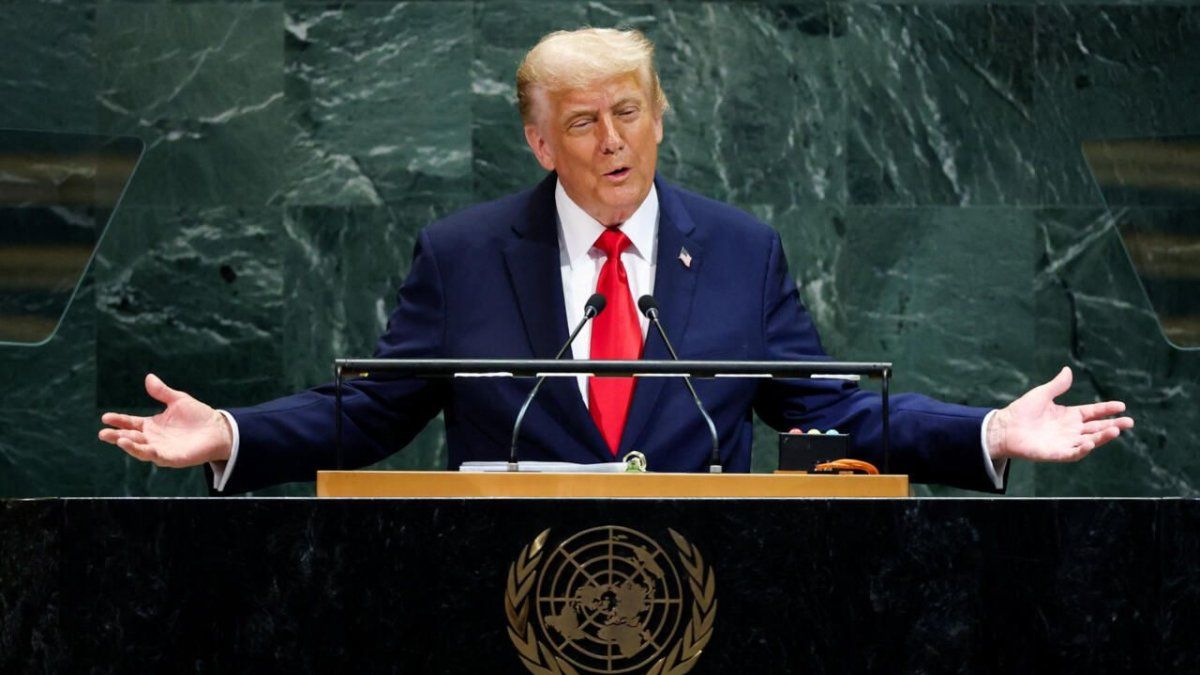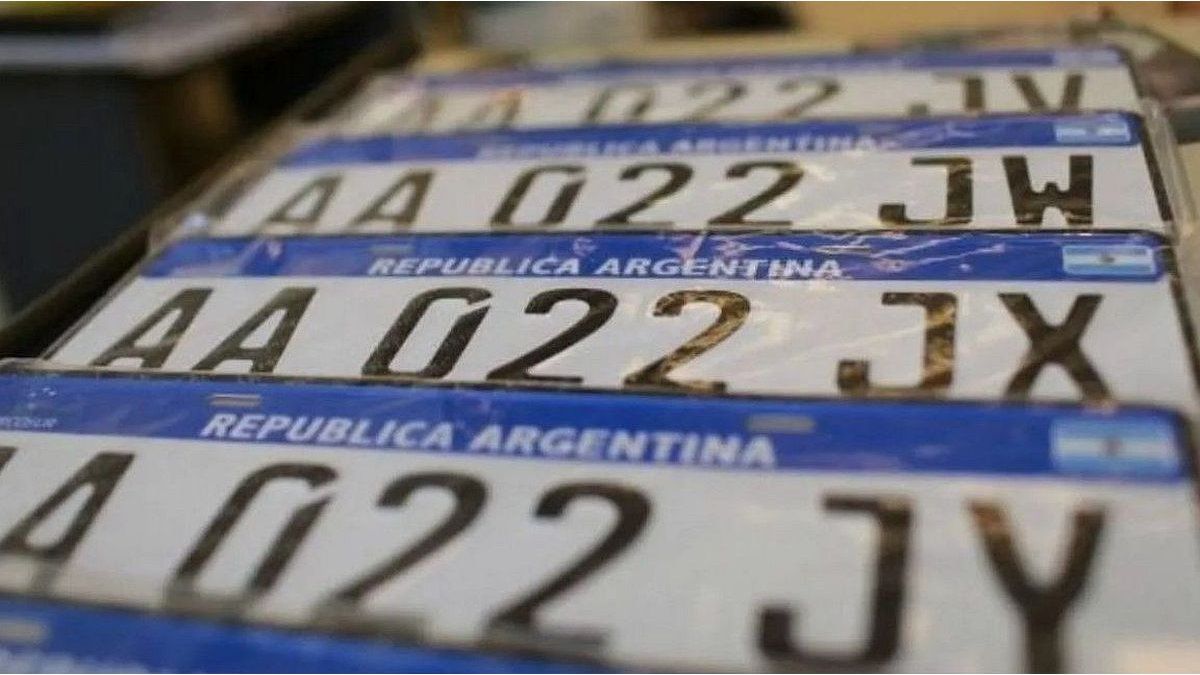US stock indices fell as much as 3% on Thursday, led by losses in bank shares as a Russian invasion of Ukraine triggered a widespread sell-off in global markets.
The Dow Jones falls 1.4%, the S&P falls 0.3% and the Nasdaq reverses its initial trend and rises 1.1%.
In the S&P 500, all 11 major sectors were trading at a loss, with financial stocks tumbling 2.9%. Most of the big lenders, including Bank of America Corp, Citigroup Inc, Wells Fargo and Goldman Sachs Group Inc, sank more than 4%. Tesla Inc falls 2.5% to lead losses among mega-cap stocks.
The CBOE Volatility Index, also known as the Wall Street Fear Gauge, was trading at 36.81, its highest level since January 24.
“While the invasion is not a complete surprise, the stock market continues to take a sell first, ask questions later approach,” said Ryan Detrick, chief market strategist at LPL Financial.
Petroleum
The price of a barrel of oil exceeded US$100 for the first time in more than seven years on Thursday. Brent oil from the North Sea in its May contract reached US$101.84 with a jump of almost 9%, while West Texas Intermediate (WTI) crude, which operates in the New York futures market in its April contract it exceeded US$100 a barrel with an increase of 8%. After the escalation of the conflict, Brent oil reached a price of US$103, its highest level since August 2014. During the operations, it managed to moderate increases until trading slightly below US$100 but maintaining the upward trend.
Since the tension between the two countries began, the cost of a barrel has increased by 25%. Keep in mind that Russia is the second largest oil exporter in the world and this may threaten the global recovery.
The level of harshness of the new economic sanctions that are being prepared to economically drown the Kremlin will be key to calibrating how far the rise in prices of energy raw materials can go. Although Vladimir Putin promised not to turn off the gas or oil tap – a decision that could change from one day to the next – his credibility is at a minimum after the attack on Russia.
Gas
Even more relevant is the rise in gas, with which Russia covers approximately 25% of the EU’s consumption, a quota that in the case of oil exceeds 40%. The Dutch market reference TTF soared more than 30% compared to Wednesday’s close and exceeded 118 euros per megawatt hour (MWh), after touching the barrier of 120 euros/MWh in the first minutes of trading.
It is a level that gas has not reached since the eve of last Christmas. In just three days, and since Russia recognized the independence of the Ukrainian provinces of Donetsk and Lugansk, the TTF has become more than 60% more expensive. The Russian attack on Ukraine comes after Germany has decided to indefinitely suspend the license for the Nord Stream 2 pipeline and comes at a time when Europe’s gas reserves are at a historically low level of just over 30%.
The exponential rise in gas in the last year is, together with the increase in CO2 emission rights, the main reason for the record prices of electricity in recent months. Each euro of rise in the price of this raw material is equivalent to about two euros of increase in the price of the wholesale electricity market.
metals
The prices of gold hit a more than 1-1/2-year high on Thursday and palladium rose 6%, after Russia’s invasion of Ukraine raised fears of war in Europe, sparking flows into safe-haven assets. Spot gold rose 0.6% to $1,919.30 an ounce after hitting $1,973.96, its highest level since September 2020. US gold futures were up 0.6 % a$1,921.
“Obviously there is a safe haven demand in the price (of gold), but this crisis is very inflationary because it is adding upward pressure to the prices of raw materials (…) it is also recessive in terms of the growth outlook” said Ole Hansen, an analyst at Saxo Bank.
Meanwhile, palladium rose 6% to $2,631.95 an ounce after hitting its highest level since July at $2,711.18. Palladium’s advance is a natural reaction, as Russia is a major supplier of the metal, Hansen said. “The only thing that could counter it is the risk of a recession, especially in Europe and Germany, which is a big car producer.”
Oil prices soared and stock markets fell on Thursday as the situation deteriorated. Gold has risen strongly so far in February as the Russia-Ukraine crisis hit appetite for risk assets. The metal is on track for its best monthly performance since July 2020. Russia is the world’s third-largest gold producer, while Moscow-based Nornickel is also a major producer of palladium and platinum.
Among other precious metals, silver gained 0.5% to $24.65 an ounce and platinum fell 1.2% to $1,079 after rising as high as $1,126.18.
asian bags
Major indices on stock markets in Hong Kong, mainland China and Taiwan plunged after Russian President Vladimir Putin ordered a military operation in Ukraine.
The reference indicator of the Hong Kong Stock Exchange, the Hang Seng, fell to 3% The index that measures the evolution of the values of mainland China that are listed on the Hong Kong stock market, the Hang Seng China Enterprises, reached the 4.14%. For its part, the two main places in mainland China, those of Shanghai and Shenzhen, fell by up to 2%.
russian bag
The Moscow Stock Exchange Index falls more than 50% this Thursday and the Russian currency, the ruble, reached its historical low against the dollar after the launch of a Russian military offensive against Ukraine.
The start of the military operation was followed by the suspension of the listing on the Moscow Stock Exchange and the St. Petersburg Stock Exchange due to strong volatility in the markets. At 10:00 Moscow time, trading on the Moscow Stock Exchange was reopened. Losses reached up to 50%.
The currency and bonds also sank, prompting the central bank to announce its first currency intervention designed to prop up financial stability since 2014, when Russia annexed Crimea from Ukraine. “In the next few days, the Russian market will be extremely volatile. Given the high risks of tightening sanctions against Russia, we are revising our target benchmarks for Russian stocks,” Evgeny Loktyukhov, Head of Economic and Industrial Analysis at PSB, told Russian media. Quote.
”There has never been such a significant drop in the recent history of the Russian stock market. The main reason for what is happening is the flight from risks amid the escalating geopolitical aspect,” added Vladislav Silaev, senior trader at Alfa Capital. In his opinion, until diplomats and politicians sit down at the negotiating table, the market will remain in the red.
The ruble slipped to a record low of $89.60 against the dollar and approached a crucial threshold of 100 against the euro. It was around 70 to the dollar and 81 to the euro before the recent round of geopolitical tensions between Moscow and the West began to escalate in October.
“In order to stabilize the situation in the financial market, the Bank of Russia decided to start interventions in the foreign exchange market,” the bank said on Thursday. The move helped the ruble slightly trim losses.
The Moscow and St. Petersburg Stock Exchanges were forced to halt trading after their main indices plunged above 30%. “Trading in all markets was suspended. The restart will be announced at a later date,” the Moscow Stock Exchange said in a statement, reports Efe. The St. Petersburg Stock Exchange, the second in the country, also announced a “ban on offers and contracts for all modes of trading and all types of securities.
european bags
The main European stock markets experienced one of their worst days since March 2020 on Thursday after the start of the Russian invasion of Ukraine, which also sent raw material prices soaring.
The London Stock Exchange’s FTSE index closed down 3.82%, while the Frankfurt DAX fell 3.96%. The CAC 40 of the Paris floor fell 3.83%, the FTSE MIB of Milan 4.10% and the IBEX 35 of Madrid 2.86%.
Source: Ambito
David William is a talented author who has made a name for himself in the world of writing. He is a professional author who writes on a wide range of topics, from general interest to opinion news. David is currently working as a writer at 24 hours worlds where he brings his unique perspective and in-depth research to his articles, making them both informative and engaging.




